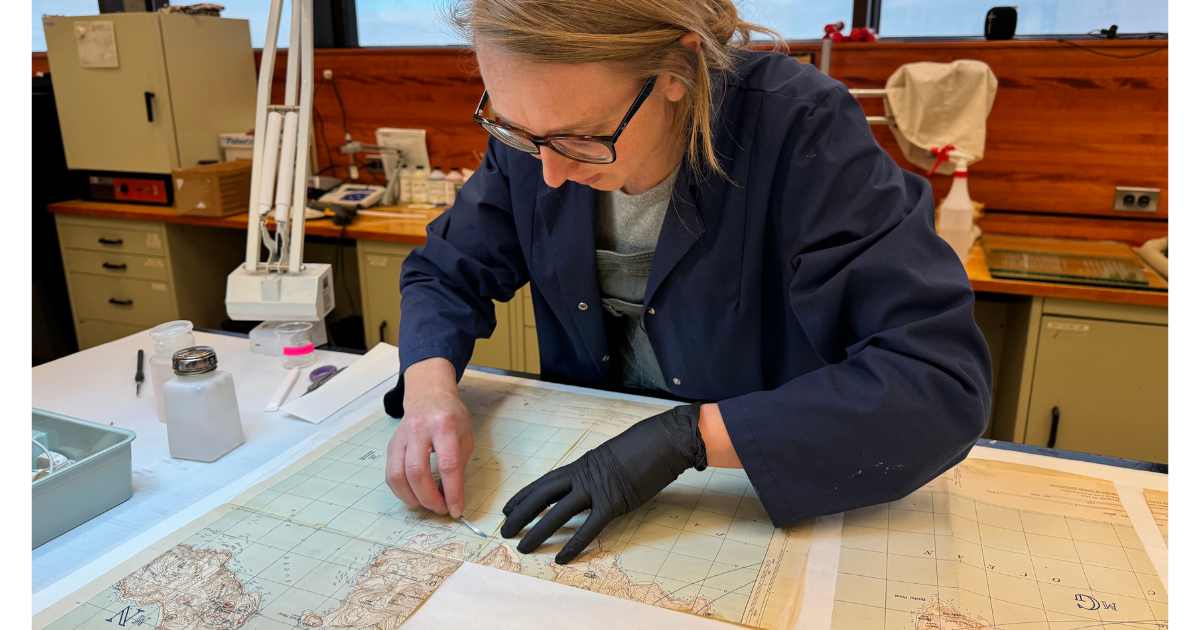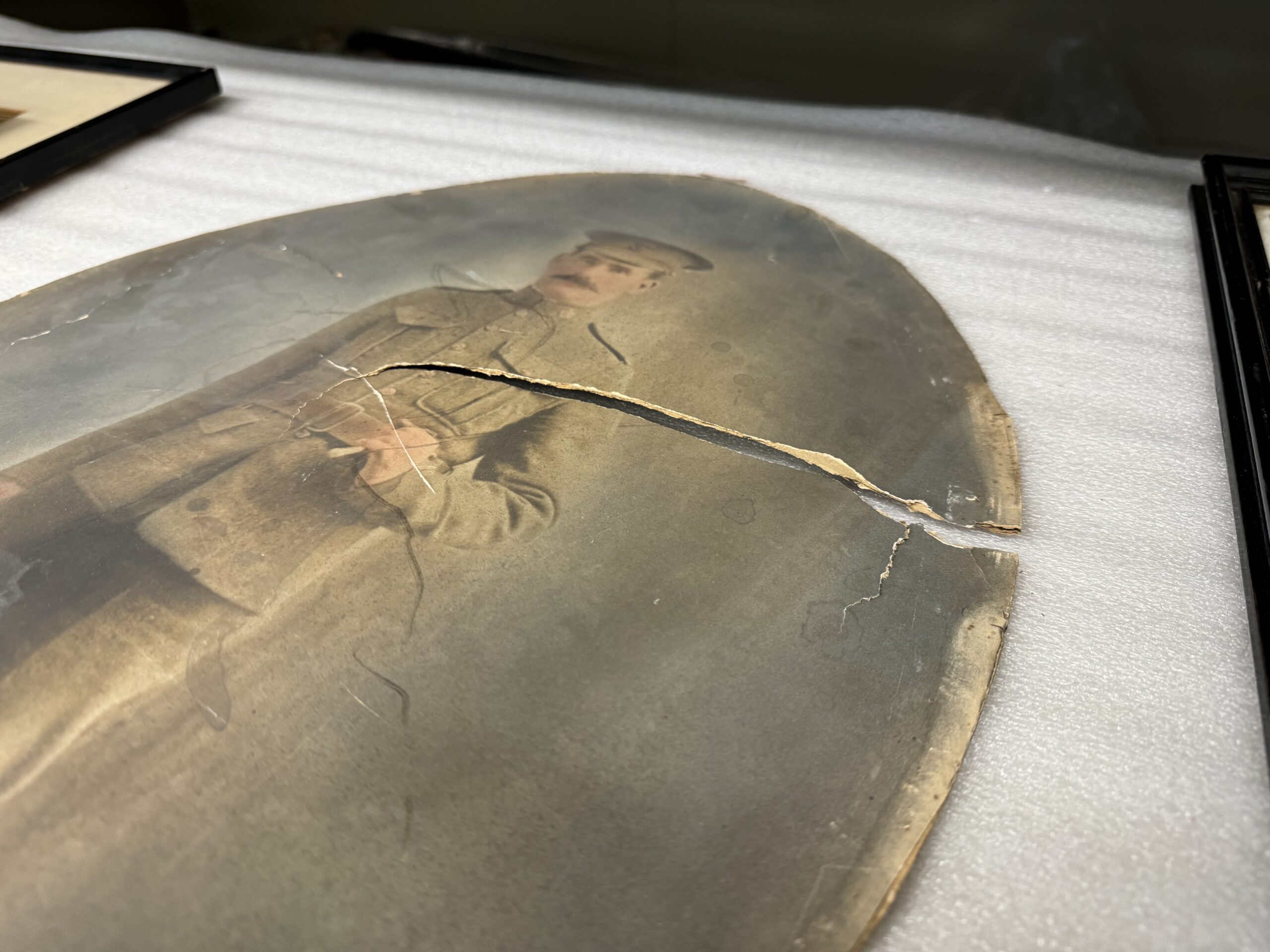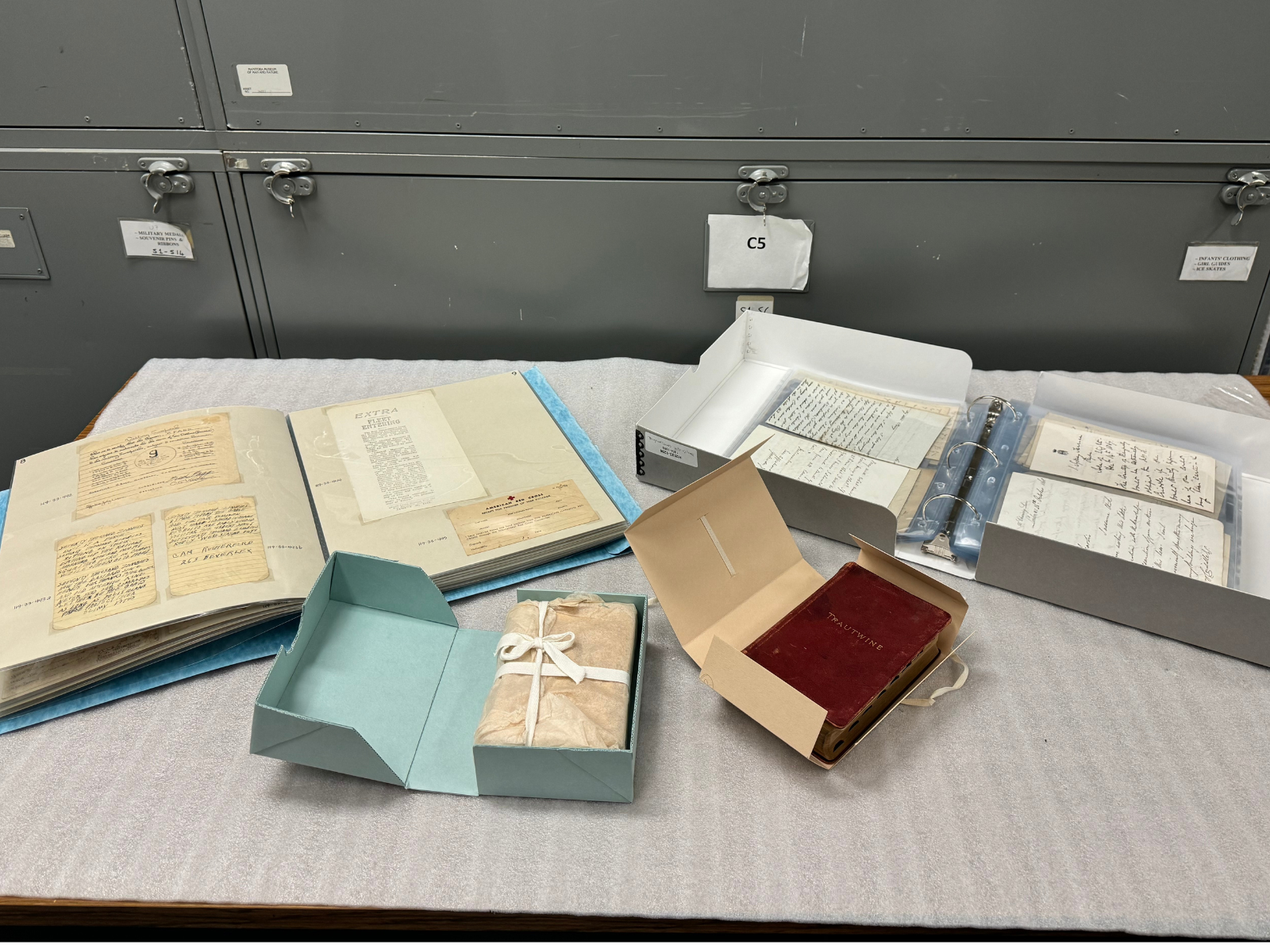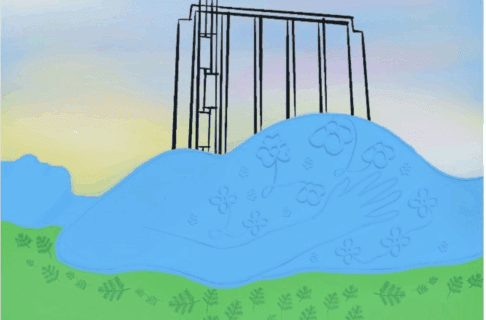Posted on: Friday February 14, 2025
A birthday card, photograph, diary, or hand-written note – these little archival pieces can be some of the most treasured fragments of family history. Small and unassuming, paper objects tend to get pushed to the back of drawers where they become crinkled, creased, folded, and stained. The good news is that it does not require an archival conservation lab to preserve these historic heirlooms. With a few simple Conservator tips these pieces can last for many generations to come.

In the same way that Conservators control the environment in a storage vault of the Museum, the location of where to store these collections in your home is the first place to start. It is best to avoid an attic or basement where temperature and humidity can fluctuate, leading to possible mould or insect damage. A combination of a stable environment, away from outdoor walls, off the floor, and away from any heat sources will help the preservation of personal memorabilia.
Image: Senior Conservator Carolyn Sirett repairing a map from WWII that was once folded and taped together.
In addition to an optimal environment, adding a second layer of protection to your archival assets is beneficial. Paper is a porous material, and will inherently absorb anything that surrounds it, this can include odours, colours, and acids. A method Conservators use to keep these deterioration factors at bay includes the use of storage enclosures. When choosing a box or paper folder as a storage enclosure make sure to choose a product that is lignin-free, acid-free, and buffered. Additional tips include removing staples or paper clips that can rust over time, and if choosing to use plastic enclosures make sure they are made of polypropylene or polyethylene.

Poor storage environments can cause staining, tears, and mould on sensitive archival documents.

Examples of archival storage enclosures used to keep collections preserved.
Our personal collections are important in different ways and can spark memories of events or people once cherished. Preserving these physical memories can be done without breaking the bank, and with a few small steps anyone can ensure they last into the future.






